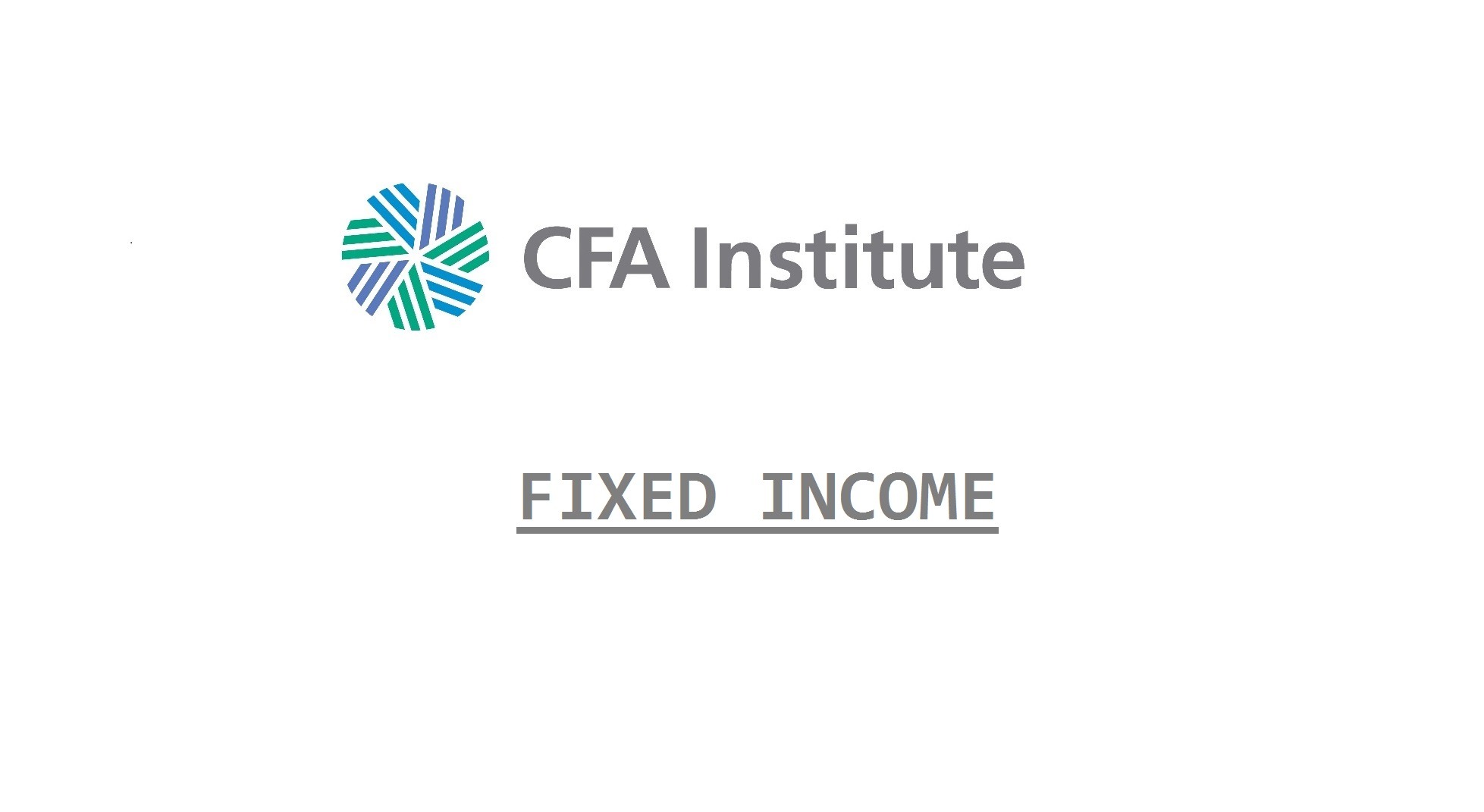A credit portfolio consists primarily of securities for which credit risk is an important consideration. The credit market is the component of the fixed-income market that includes both publicly traded debt securities (such as corporate bonds, sovereign and non-sovereign government bonds, supranational bonds, and commercial paper) and non-publicly traded instruments (such as loans and privately placed securities).
The credit market also includes structured financial instruments—such as mortgage-backed securities, asset-backed securities, and collateralized debt obligations—that may be traded publicly or non-publicly.
Corporate bond investors draw an important distinction between investment grade and high yield. Investment-grade corporate bonds have higher credit ratings than high-yield corporate bonds, and they typically have lower credit and default risk as well as lower yields. High-yield corporate bonds have lower, speculative-grade credit ratings, higher credit and default risk, and higher yields compared with investment-grade corporate bonds.
Risk Considerations in Investment-Grade and High-Yield Corporate Bond Portfolios
Credit risk is narrowly defined here as loss caused by a counterparty’s or debtor’s failure to pay. It has two components: default risk and loss severity (or loss given default). Default risk is the probability that an issuer will not make timely payment of principal and interest, and loss severity is the percent of par not paid if there is a default.
Spread risk refers to decline in price relative to credit risk free bonds due to spread widening. Credit migration risk refers to the risk a bond can decline in credit quality and bond rating. As credit quality declines, rating is likely to decline, spread is likely to widen with probability of default and likely losses increasing.
Credit risk is often used as a broad term to refer to all of these issues. Recall some earlier formulas that indicate why general interest rate and spread change are important:
- %Δ value = –MD Δy
- %Δ relative value = –DS Δs
- spread = yhigher yield − ygovernment
Analysts and managers generally use interest rate risk to refer to changes in default-free (risk-free) government bond yields that are used as the reference rates to determine spread.
An option-free bond’s modified duration measures its change to general interest rate movement while its spread duration measures its price change if only spread (due to credit risk) has changed. The two concepts allow decomposing two sources of change in a bond’s price as its yield changes due to risk-free rate and spread change.
In theory, IG and HY would respond similarly to credit and interest rate risk, but in practice their sensitivity is quite different. The different behavior is due to a large differential between the credit risk and spread of IG versus HY, and a generally negative correlation between risk-free rates and spread.
It has also been observed that risk-free rates and spread often move in opposite directions ( i.e., are negatively correlated). This makes sense because stronger economic conditions often lead to increasing risk-free rates but decreasing risk of default, increasing credit ratings, and lower spreads. The lower spreads increase bond price. Weaker economic conditions often lead to decreasing risk-free rates but increasing risk of default, decreasing credit ratings, and wider spreads. The higher spreads decrease bond prices. This canceling effect is most pronounced for HY, and as a result, their price change is driven more by spread change than the changes in risk-free interest rates.
This effect is captured in differences between effective and empirical duration.
- Effective duration is based on how the PV of a bond’s future cash flows (i.e., its price) should change as the bond’s yield (i.e., discount rate applied to the future cash flows) changes. For option free bonds, this is the modified duration. For bonds with embedded option, it is option adjusted duration that takes into account the most likely future cash flows of the bond.
- Empirical duration is based on regression of actual bond price and interest rate changes.
- For IG, the empirical durations were lower than effective durations and the difference increased moving down in credit rating from Aaa to Baa.
- For HY, the differences increased dramatically with empirical duration near 0 for Ba and B rated bonds. For Caa rated bonds empirical duration was negative. That means that a general increase in interest (risk-free) rates was associated with such large declines in spread that the yield on such bonds declines and their prices increased as other interest rates increased and other bond prices declined.
The conclusions are that the IG investors are primarily exposed to interest rate risk, with secondary exposure to credit and spread risk.
In contrast, HY investors face little interest rate risk (as measured by modified or effective duration) but are much more exposed to credit and spread risk.
Liquidity risk is generally defined as the ability to buy or sell quickly at near fair market value. Liquidity and trading risks in IG and HY differ and all of the relevant factors indicate more risk for HY. Those factors include the following:
- Bid-ask spread is wider for HY because the size of the bond issues and overall market is smaller.
- Regulatory and risk management issues are greater for HY, resulting in dealers being less willing to hold HY positions in inventory.
As a result, it is more costly to trade and therefore turnover is lower in HY portfolios. This also affects starting new portfolios. A manager with existing HY portfolios who starts a new portfolio is often unable to replicate the same existing holdings and must find substitute bonds. This is also true for IG portfolios, but to a lesser degree.
